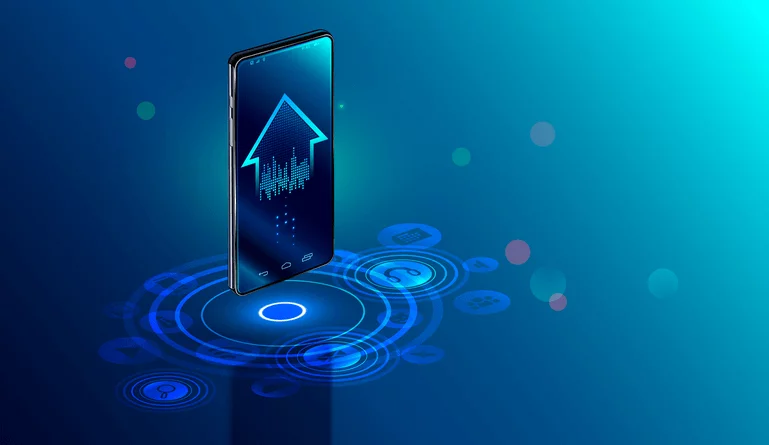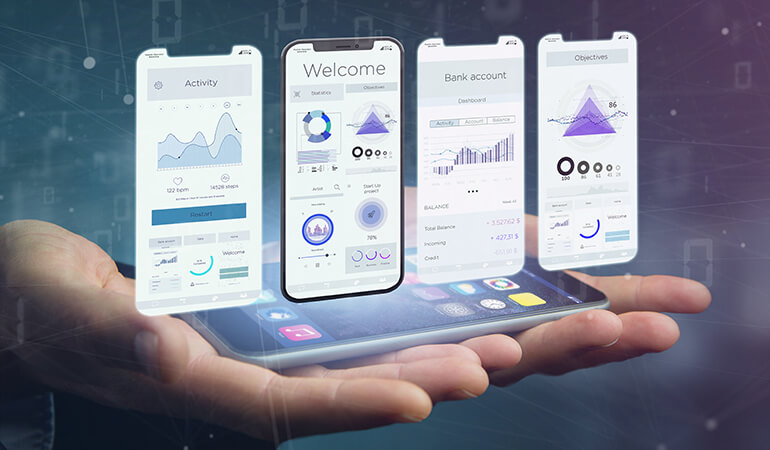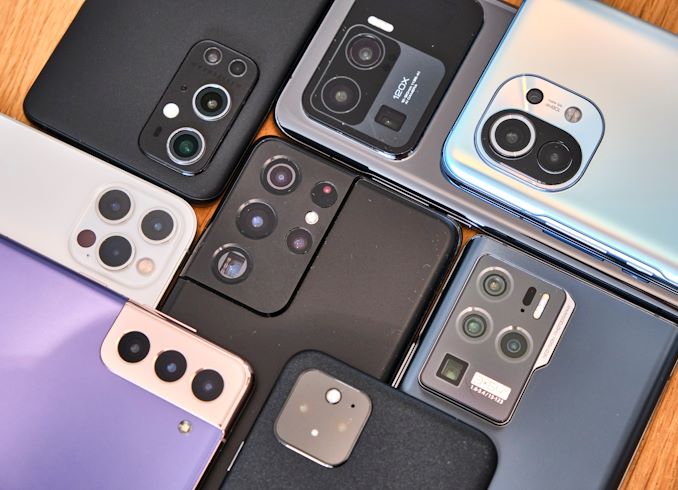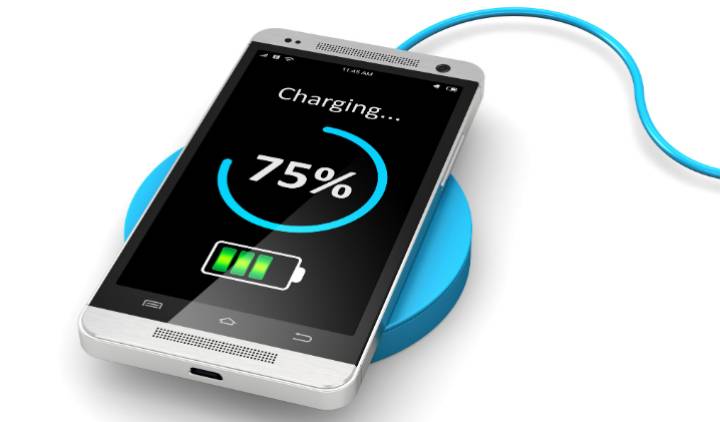Introduction
You're probably aware of the latest smartphone technology, but it's still important to stay up to date on what's happening in the world of mobile devices. Here are some trends that have been emerging lately:
- The rise of smartphones with larger screens
- The introduction of new features like fingerprint sensors and facial recognition software
The first trend is something we've seen before--the rise of smartphones with larger screens. For years now, we've been seeing phones get bigger and bigger as manufacturers try to compete for attention by offering more screen real estate for users' eyes. However, this trend seems to be leveling off as most people seem happy with their current size and don't want anything bigger than 5 inches (12 cm) across when held horizontally or vertically (depending on how you're holding it).
Design
Design is a key element in the success of any smartphone. It's the first thing you notice about a device, and it can make or break your experience with it. The design of your phone should be comfortable to hold and use, attractive enough that you want others to see it, and durable enough to withstand daily wear-and-tear.
There are several factors that contribute to a device's overall look:
- Appearance
- Screen size
- Materials used in construction (metal vs plastic)
It's important for manufacturers not only to consider these things but also how they affect each other when designing their phones' exteriors--for example, metal bodies tend not only be heavier but also more susceptible than plastic ones when dropped on hard surfaces like concrete floors; similarly, larger screens may make devices harder for people with smaller hands or shorter fingers/thumbs to operate comfortably without accidentally touching adjacent buttons by mistake during normal usage scenarios such as texting or making calls while walking down busy streets where there isn't much room between pedestrians' bodies!
Hardware
The processor is the brain of your phone. It's responsible for running all of the apps you use and making sure they work smoothly. The more powerful the processor, the better performance you'll get from your device.
Storage space refers to how much stuff can be stored on your phone--music files, photos, videos etcetera--and varies depending on model and manufacturer but tends to range anywhere between 16GB up into hundreds or even thousands depending on how much storage capacity you need/want at any given time within this category alone depending on whether or not there are multiple versions available from different manufacturers offering varying amounts of storage space per device sold through retailers like Amazon Prime Day 2019 Deals & Sales event which happens every year during July 31st - August 2nd where consumers can save money off their purchase price by buying these devices through third-party sellers who offer discounts ranging anywhere between 10% off all purchases made during this period so long as certain conditions are met before checkout completion takes place such as having an active Prime membership account linked up with either Visa credit card linked up directly through AmEx Membership Rewards program which allows users access discounted prices based upon how many points earned throughout regular use throughout each month cycle ending June 30th 2020
Software
The operating system is the software that runs your phone and helps it perform its basic functions. The user interface (UI) is the way you interact with your phone, whether through touch or voice commands. Apps are small programs that run on top of an operating system, allowing users to do things like send text messages or play games. Security measures include biometrics such as fingerprint readers or facial recognition software; these help keep your device secure by identifying you as its owner before granting access to certain functions such as financial apps or email accounts
Camera
You may have noticed that the megapixel count of smartphones has been increasing over time. This is because more megapixels means better image quality, and it's important to have a camera that can capture high-quality images if you want to take great photos with your phone.
The lenses used in smartphone cameras are also important because they determine how much light enters the lens and how sharp your pictures will be. You'll want a wide aperture lens so that you can take good low-light shots without using flash or HDR mode (which uses multiple exposures).
Connectivity
- Wi-Fi: Wi-Fi is the most common method of connecting to the internet, and it allows you to access the web from anywhere in your home or office.
- Bluetooth: Bluetooth is another popular way to connect smartphones, allowing you to share files between devices and make wireless connections with other devices such as speakers or headphones.
- NFC (Near Field Communication): This technology allows you to transfer data between two devices by touching them together briefly--for example, when paying for something at a store with your phone instead of using cash or credit card.
- 5G: 5G stands for fifth generation; it's an upcoming wireless standard that promises faster speeds than 4G LTE networks but isn't expected until 2020 at best--so don't expect this one anytime soon!
Augmented Reality
Augmented reality (AR) is a technology that allows you to see the real world, but with computer-generated elements added to it. This can be useful for gaming and other applications where you want to see virtual objects in the real world. For example, if you were playing an AR game where there are monsters attacking your city and they are coming from another dimension, then when they come through portals into your world they would appear as holograms that look like they're really there!
Many people think of VR when they hear about augmented reality because both technologies allow users to interact with virtual environments through headsets or other devices worn on their bodies. However, there are some key differences between these two technologies:
- AR doesn't require any equipment other than what's already available today (smartphones). In contrast; VR requires specialized hardware such as headsets or gloves which must be purchased separately before being able to use them properly
- AI
AI is a hot topic in the smartphone industry. Voice assistants are becoming more popular, and phone manufacturers are using machine learning to improve their facial recognition technology.
Battery Life
The latest smartphones have a lot of power saving features. They can last for hours on a single charge, and even charge quickly if you're in a hurry.
- Fast charging: This feature allows your phone to recharge up to 50% faster than before. It's especially useful when traveling or when you need extra battery life during an important meeting or event.
- Wireless charging: This technology allows users to charge their devices without having to plug them into an outlet or USB port by placing them on top of a wireless charger that has been placed on their desk or nightstand, for example (this is different from inductive charging).
Pricing
There are three main categories of smartphones: flagship devices, mid-range phones and budget phones.
Conclusion
In conclusion, there are some key trends to look for in the future of smartphone technology. First, we will see a shift from screen size to screen resolution. The 4K display is already available on some phones and will soon become standard fare for all devices. Second, battery life continues improving as well; expect your phone's battery life to last longer than ever before! Thirdly (and most importantly), there will be more emphasis on security features such as fingerprint scanners and facial recognition software--this is especially important given recent events involving data breaches at major companies like Facebook or Equifax










